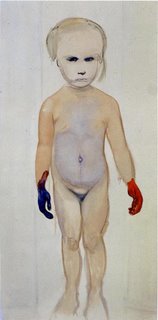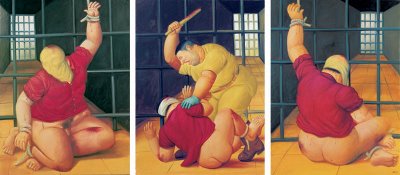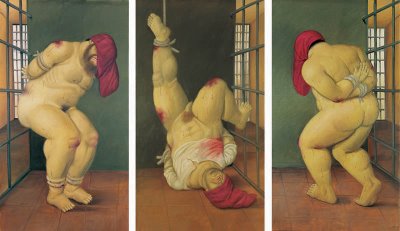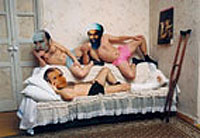 Petition
PetitionW. H. Auden
Sir, no man’s enemy, forgiving all
But will his negative inversion, be prodigal:
Send to us power and light, a sovereign touch
Curing the intolerable neural itch,
The exhaustion of weaning, the liar’s quinsy,
And the distortions of ingrown virginity.
Prohibit sharply the rehearsed response
And gradually correct the coward’s stance;
Cover in time with beams those in retreat
That, spotted, they turn though the reverse were great;
Publish each healer that in city lives
Or country houses at the end of drives;
Harrow the house of the dead; look shining at
New styles of architecture, a change of heart.
Best wishes and new resolve for the year ahead.







































